
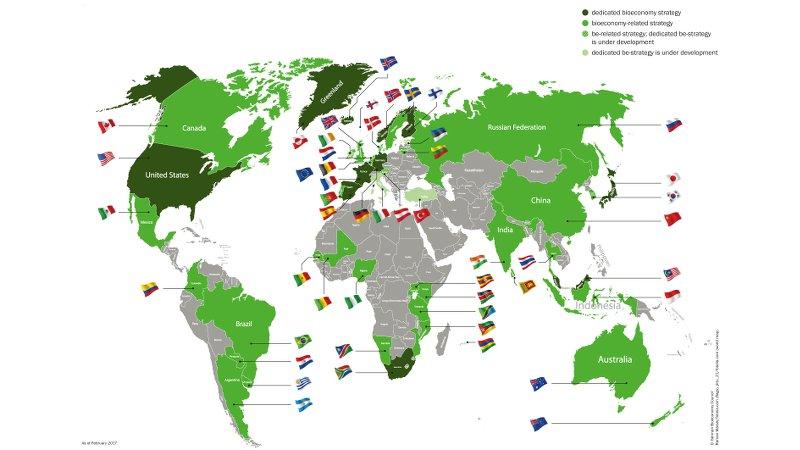
Worldwide strategies
The bioeconomy is gaining ground all over the world. A large number of countries have now adopted bioeconomy strategies - with various focus areas. You can find them in the following overview.
In the spotlight
About the bioeconomy
Bioeconomy - this refers to a modern and sustainable form of economic activity based on the efficient use of biological resources such as plants, animals and microorganisms. All industries that produce, process or use biological resources in any form contribute to the biobased economy.
Polyamides and fragrances from thistle oil
The Linopol project has developed a process to produce polymer intermediates from biological sources.
Bioeconomy inside
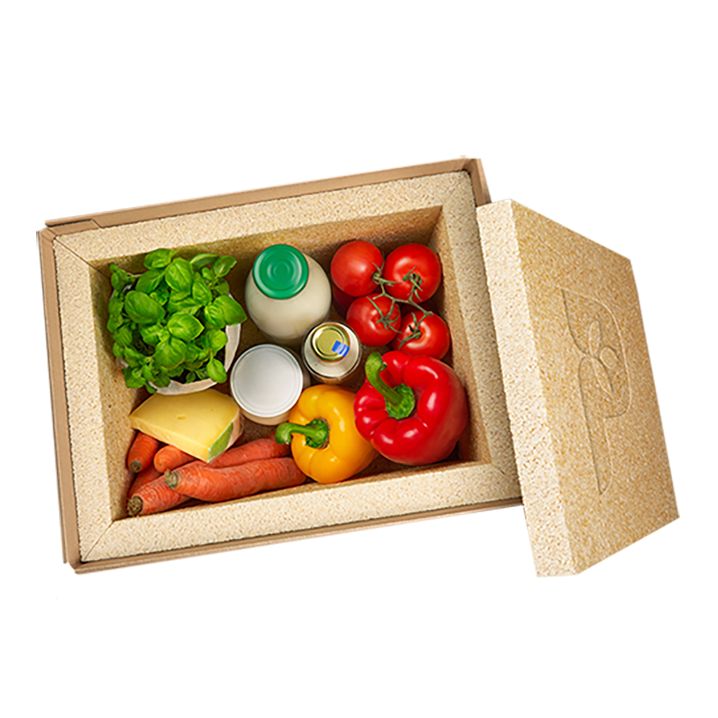
Food packaging
Maize is first and foremost a foodstuff. Many of its plant components that are not edible are also suitable for the production of environmentally friendly products. For example, for products that bring other foods fresh to the consumer.
In 1960, maize was grown on 6,000 hectares in Germany. How big was the area in 2023?
That's wrong.
That's correct. In 2012, the figure was as high as 526 thousand hectares.

Phone case
Most users know that the production of smartphones places a heavy burden on the environment. But protective covers made of plastic can also be harmful to humans and nature. Manufacturers use plant-based plastic alternatives to develop more sustainable products.
How many smartphones are sold in Germany each year?
This is wrong, but roughly equivalent to the number of smartphone users in Germany.
Correct!
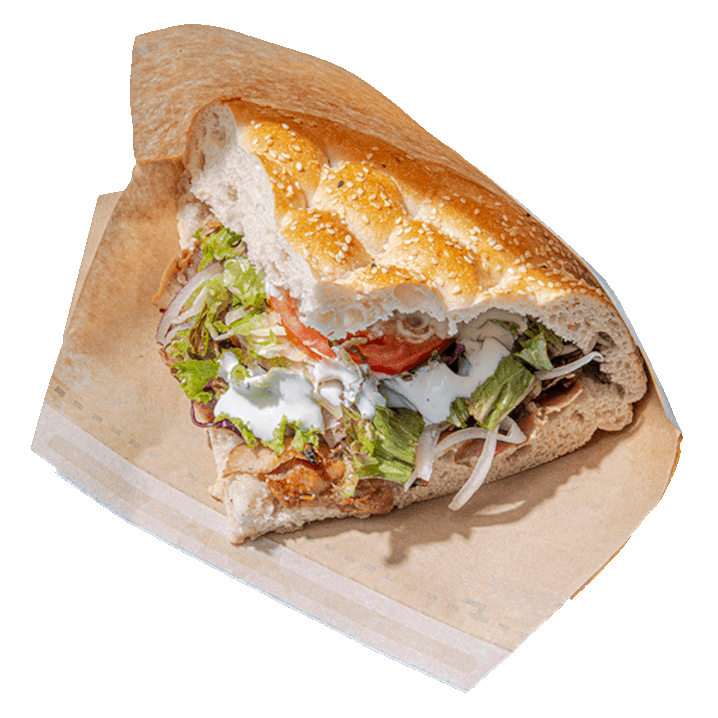
Kebab bag
Kebabs to go are usually wrapped in aluminium foil. An award-winning innovative paper packaging offers a more sustainable solution.
How much packaging waste is generated statistically per capita and year in Germany?
No, its about double.
Correct. This is the per capita consumption of the year 2020.
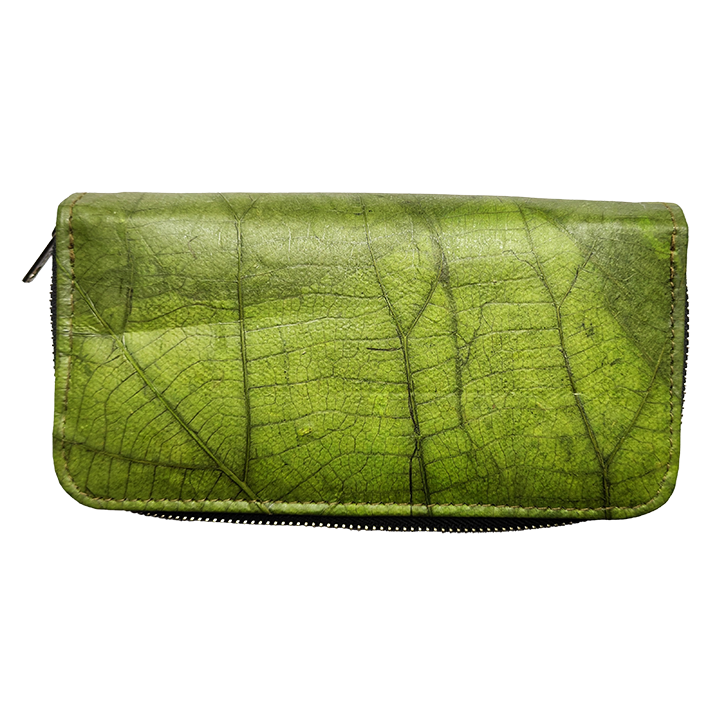
Wallet
Concerns about animal welfare, the climate and the environment are increasingly prompting consumers to buy vegan imitation leather. Leave-based leather alternatives impress with their unique look and are biodegradable.
According to PETA, how many animals are killed worldwide each year for leather products?
That's wrong.
Correct
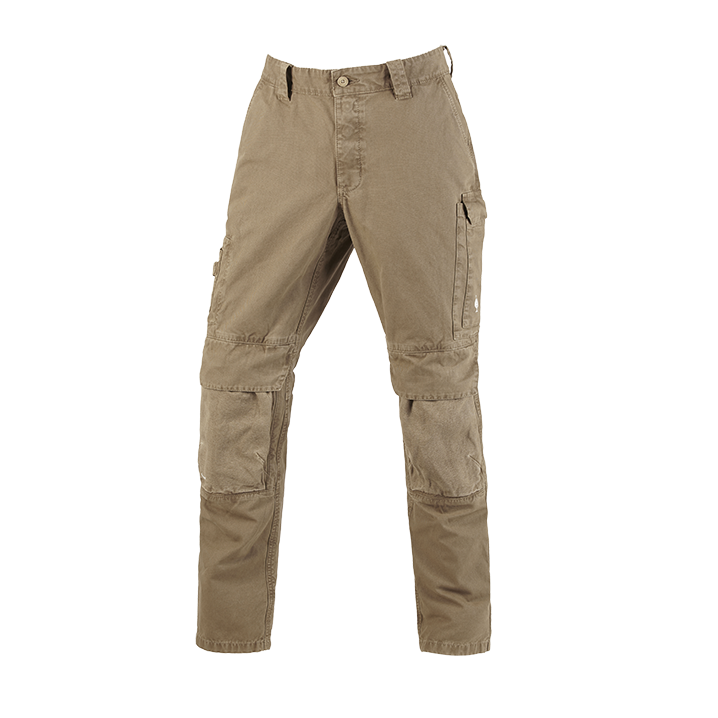
Work trousers
A large proportion of all items of clothing produced world-wide is made of synthetic fibres such as polyester – and the amount is rising. A German textile company is looking for alternative solutions and presents biodegradable workwear from plant based raw materials.
Statistically, about how many items of clothing are bought by each German per year?
Unfortunately not, it is about 3 times more.
Correct!
Events
19.04.2024 bis 19.04.2024 Leipzig
Mit Biomasse gegen den Klimawandel: Entdecke das DBFZ
16.05.2024 bis 16.05.2024 Halle (Saale)
sciencemeetscompanies2024
10.06.2024 bis 14.06.2024 Frankfurt am Main











